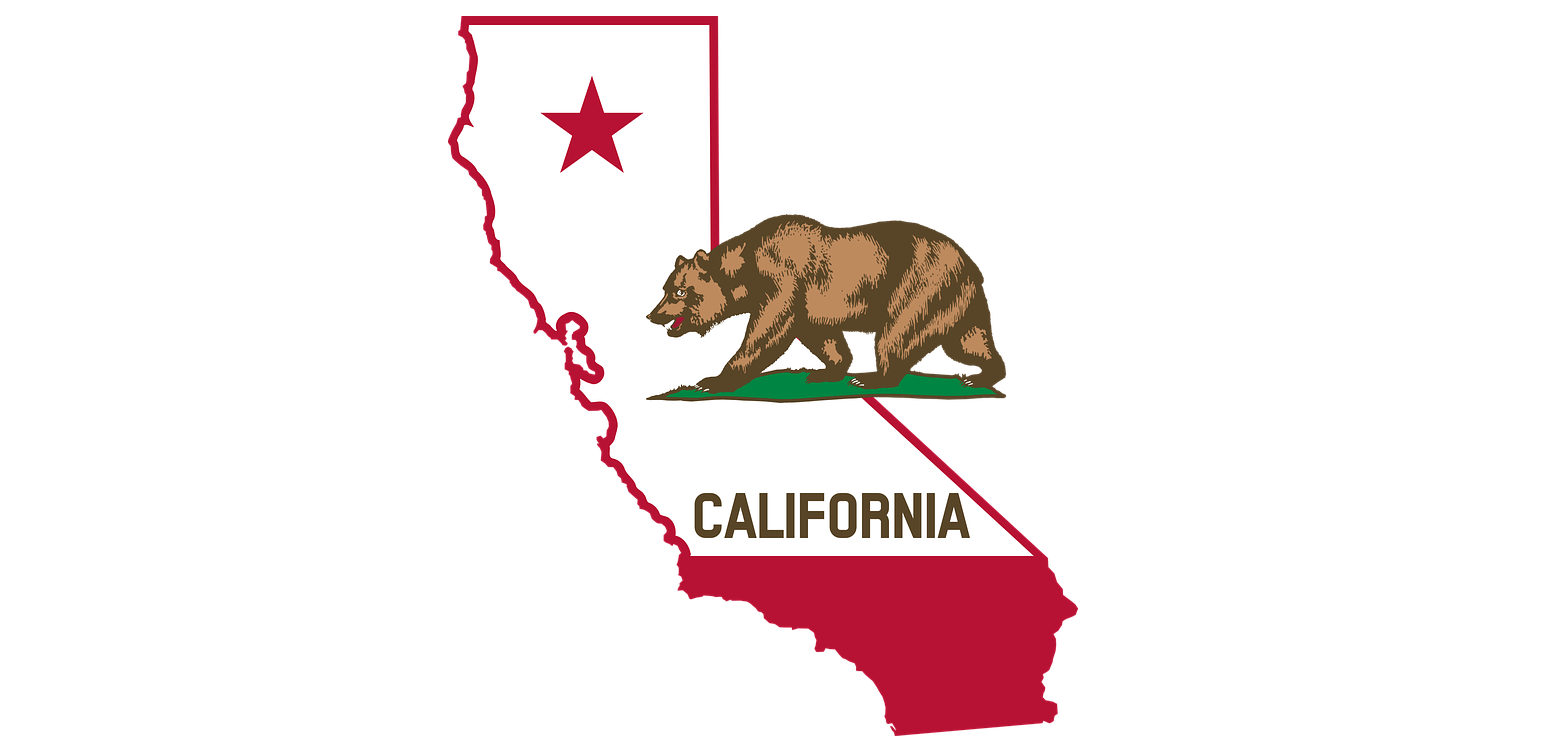Farmers Insurance is capping its new homeowners policies in California starting this month, marking yet another major carrier limiting its coverage in the state.
 “Effective July 3, Farmers will limit new homeowners insurance policies in California to a level consistent with the volume we projected to write each month before recent market changes,” the firm wrote in an emailed statement, as per the San Fransisco Chronicle.
“Effective July 3, Farmers will limit new homeowners insurance policies in California to a level consistent with the volume we projected to write each month before recent market changes,” the firm wrote in an emailed statement, as per the San Fransisco Chronicle.
The firm cited “record-breaking inflation, severe weather events, and reconstruction costs continuing to climb” as factors.
This rationale falls in line with that of US primary insurance giant State Farm, which announced it would cease to underwrite commercial and residential property in California, quoting the aforementioned exposure-related issues and a challenging reinsurance market environment.
According to 2022 figures from the California Department of Insurance, Farmers accounts for 7.8% of California property policies, while State Farm has 8.7% and Allstate has 5.1%. Combined, the three have 21.6% of the California market with around 19.4 million premiums.
The San Fransisco Chronicle suggested that insurance regulators downplayed the significance of the Farmers’ move, noting that continuing at its current level still means that it will write a significant number of new policies.
Michael Soller, a spokesperson, wrote in an email, “The Department of Insurance understands Farmers has been writing 7,000 monthly new homeowners policies on average. So this is not a departure.
“We do not expect their footprint in the state to change significantly one way or another. By maintaining its historic average of new homeowners policies in California, Farmers is showing its continued commitment to the Golden State for the long haul.”
Meanwhile, in response to this news, David A. Sampson, American Property Casualty Insurance Association president and CEO, suggested that California’s insurance marketplace is fragile, adding the time has come to reform proposition 103 (California’s regulatory framework).
“Insurers do not want to retrench from one of the nation’s most important markets, but cannot continue to operate and protect policyholders when insurers are struggling to secure an adequate rate and manage their risk exposure,” Sampson said.
He continued, “The California Department of Insurance has recently recognized the need for rates to start catching up with actual and future risk, but the problems with the underlying, outdated regulatory scheme create larger challenges.
“Meanwhile, other factors collided that has led to the implosion of the California insurance market, including: one of the most prolonged and severe droughts in the West in recorded history, amplified by climate factors; historic wildfires in 2017, 2018, and 2020; four-decade high inflation and supply-chain disruption; and legal system abuse.
“Insurers understand that homeowners are struggling right now. Insurance affordability and availability have a very real impact on families, individuals, business owners, and communities. That’s why we are advocating for solutions.
“Insurers must have the financial strength to deliver on our promises to customers when disaster strikes.
“This means insurers need tools to manage catastrophic risk and California’s outdated regulatory regime is not providing those tools. Insurers are committed to California, and we look forward to working with the California Department of Insurance and policymakers to enact real solutions so the Golden State can have a functioning and thriving insurance marketplace that benefits policyholders.”
According to Sampson, California insurance marketplace solutions should include:
-Allowing the use of forward-looking catastrophe modelling in rate filings.
-Allowing the use of reinsurance in ratemaking.
-Reforming the rate filing process more broadly, to complete reviews within statutory timeframes.
-Reforming the California FAIR Plan assessment process to reduce exposure to the shrinking number of private insurers remaining in the marketplace; and
-Advocating for expanded wildfire mitigation to reduce the risk and make coverage more available in high-risk areas.
He concluded, “California’s regulatory framework (i.e., Proposition 103) is 35 years old and is ill-equipped to handle the increasing challenges wrought by climate change, and is resulting in the insurance market upheaval California faces today. It is time to modernize Proposition 103.”


